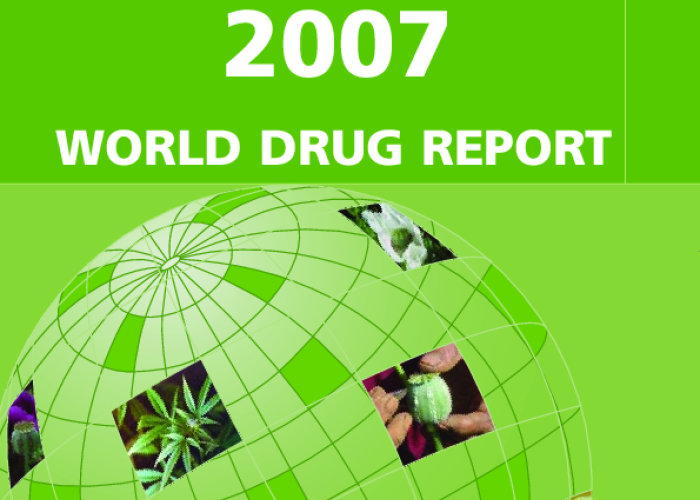World Drug Report 2007

The World Drug Report presents the most comprehensive statistical view of today's illicit drug situation. This year's edition reports signs of long-term containment of the global problem. However,the overall trend masks contrasting regional situations,which the report examines in detail. For instance,while an impressive multi-year reduction in opium poppy cultivation continued in South-East Asia,Afghanistan recorded a large increase in 26. More interceptions of cocaine and heroin shipments across the world have played an important part in stabilizing the market. However,as we witness successes in some areas,challenges appear in others. Although drug abuse levels are stabilizing globally,countries along major and new trafficking routes,such as those now going through Africa,may face increasing levels of drug consumption. The World Drug Report 27 also discusses a possible method to better assess and monitor the role played by organized crime in transnational drug trafficking.


